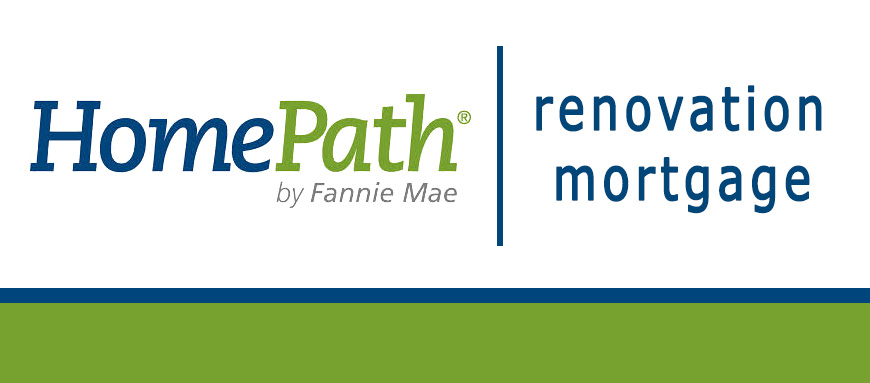Fannie Mae Program Guidelines

Fannie Mae New Employment Guidelines
Fannie Mae is a government-sponsored enterprise that makes mortgages available to low- and moderate-income borrowers. It does not provide loans, but backs or guarantees them in the secondary. HomeReady™ is a mortgage program created in December 2015. It's backed by the U.S. Government via Fannie Mae and available via most U.S. Via HomeReady™, households in lower-income neighborhoods and in minority-heavy areas can get easier access to low-downpayment mortgages. While Fannie Mae has acquired chattel loans in the past and continues to hold some of these loans, Fannie Mae does not currently purchase chattel loans and FHFA has indicated that Fannie Mae must secure its approval to do so. Before approval can be secured, Fannie Mae must establish the parameters by which it will purchase chattel loans.
Fannie Mae is a government-sponsored organization that rose out of the ashes of the Great Depression with a mandate to help low- to moderate-income borrowers find a mortgage. While that basic mandate hasn't changed, Fannie Mae made some significant updates in 2017 to its rules and guidelines.
1. Loan limits have gone up (finally)
For the first time since 2006, Fannie Mae raised its standard loan limit. The standard loan limit went up from $417,000 to $424,100 at the beginning of 2017. Loans that exceed this limit are considered jumbo loans and typically come with a higher interest rate than standard loans.
Certain high-cost counties in the U.S. use a different loan limit instead of the standard one. In these areas, the loan limit maxes out at 150% of the standard limit, or $636,150. The noncontiguous parts of the U.S. (Alaska, Hawaii, Guam, and the Virgin Islands) use a different set of limits: the standard loan limit is $636,150 and the high-cost loan limit is $954,225. To find out whether your area counts as standard or high cost, search for your county name on this Fannie Mae spreadsheet.
2. HARP has been replaced
The Home Affordable Refinancing Program, which has been Fannie Mae's refinance program since 2009, has been replaced by a new program that should make it considerably easier for homeowners to qualify for a refi. Like HARP, the new program is designed to allow 'underwater' homeowners (meaning homeowners who owe more on their mortgage than the house is worth) to replace their existing loans.
The new program has looser guidelines than HARP in several ways: unlike HARP, it can be used multiple times by a given homeowner; there's no loan origination cut-off date; and there are no loan-to-value limits. To qualify for the new refinance program, you'll need to have made at least 12 on-time payments, and have no 30-day-late payments in the last six months and no more than one 30-day-late payment in the last year.
More: Supply and demand: Here's why house hunting is so frustrating right now
More: U.S. new home sales soar to highest level in a decade
More: U.S. 30-year mortgage rates rise to 3.94%
3. Student loan guidelines have made it easier for borrowers to qualify
In the past, carrying a student loan has made it more difficult to get a Fannie Mae mortgage. However, the agency has changed how it looks at student loan borrowers for underwriting purposes in ways that will make it much easier for such borrowers to qualify for the mortgage program.
First, up until now student loan borrowers on income-driven repayment plans faced special underwriting challenges under Fannie Mae. Lenders were instructed to use 1% of the student loan balance for calculating a borrower's debt-to-income ratio (instead of the actual payment amount) if the borrower was on an income-driven repayment plan, which was often enough to skew debt-to-income ratios significantly higher. Now, however, lenders can use the actual payment amount for income-driven repayment borrowers, just as they do for borrowers on other student loan repayment plans, if the student loan payment shows up on the borrower's credit report and is greater than zero.
Second, if a student loan borrower is having his loans repaid by a third party such as an employer or family member, he can now have those payments excluded from his debt-to-income ratio. To qualify for this special underwriting treatment, borrowers do need to supply written proof to the lender that the third party has made his student loan payments for at least the last 12 months.
Is Fannie Mae for you?
Fannie Mae loans can be especially useful for first-time homebuyers, since these borrowers can qualify for a down payment as low as 3%. You may qualify for a Fannie Mae loan if your debt-to-income ratio doesn't exceed 36% of your monthly income and your FICO score is at least 620 (or 640 if you want to get a variable interest rate mortgage). If that sounds like you, consider applying for a Fannie Mae-backed mortgage. You might end up with a much better deal than you could get from a conventional lender.
The Motley Fool has a disclosure policy.

The Motley Fool is a USA TODAY content partner offering financial news, analysis and commentary designed to help people take control of their financial lives. Its content is produced independently of USA TODAY.
Offer from the Motley Fool: 5 Simple Tips to Skyrocket Your Credit Score Over 800!
Increasing your credit score above 800 will put you in rare company. So rare that only 1 in 9 Americans can claim they're members of this elite club. But contrary to popular belief, racking up a high credit score is a lot easier than you may have imagined following 5 simple, disciplined strategies. You'll find a full rundown of each inside our FREE credit score guide. It's time to put your financial future first and secure a lifetime of savings by increasing your credit score. Simply click here to claim a copy 5 Simple Tips to Skyrocket Your Credit Score over 800.
